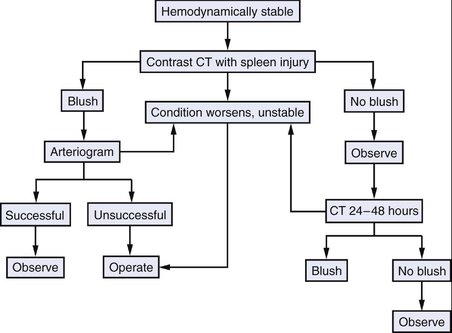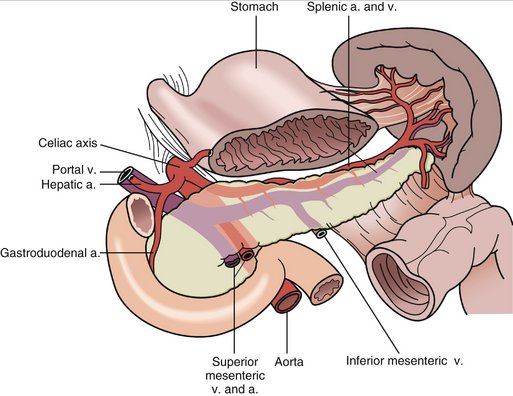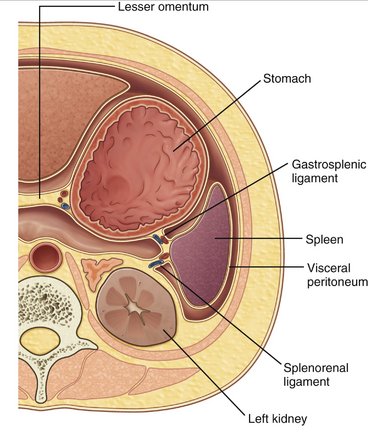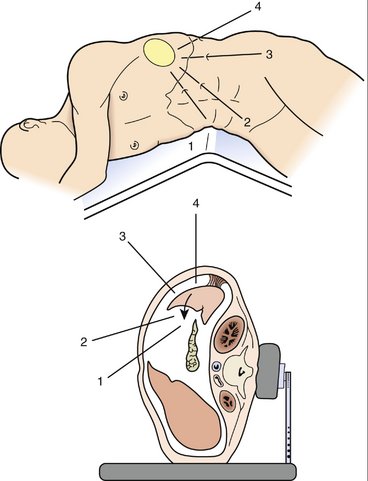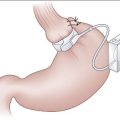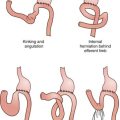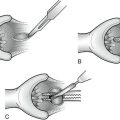CHAPTER 18 Splenectomy
INDICATIONS FOR SPLENECTOMY
PREOPERATIVE EVALUATION
COMPONENTS OF THE PROCEDURE AND APPLIED ANATOMY
see Figures 18-2 and 18-3.
Open Splenectomy
Laparoscopic Splenectomy
Additional Operative Considerations
COMPLICATIONS
Beauchamp RD, Holzman MD, Fabian TC. Spleen. In: Townsend CM, Beauchamp RD, Evers BM, Mattox KL, editors. Sabiston Textbook of Surgery: The Biological Basis of Modern Surgical Practice. 17th ed. Philadelphia: Saunders; 2004:1679-1704.
Dente CJ, Parry NG, Rozycki GS. Splenic salvage procedures: therapeutic options. In: Cameron JL, editor. Current Surgical Therapy. 8th ed. Philadelphia: Mosby; 2004:539-543.
McKinlay R, Park AE. Splenectomy for hematologic diseases. In: Cameron JL, editor. Current Surgical Therapy. 8th ed. Philadelphia: Elsevier Mosby; 2004:533-536.

